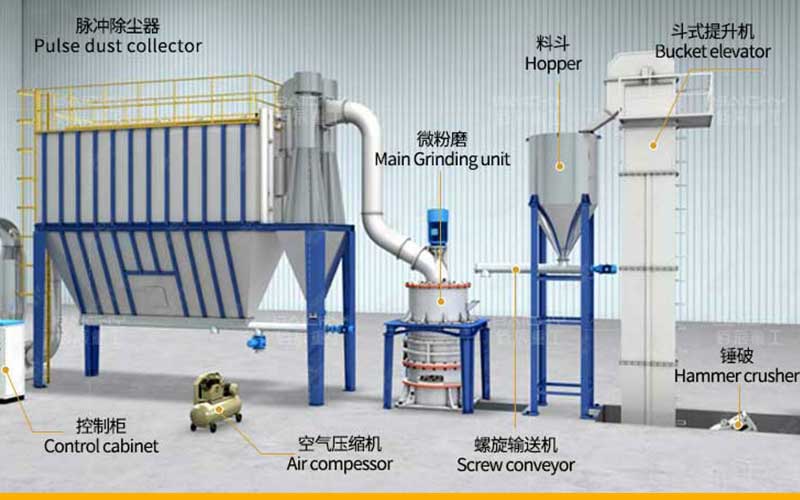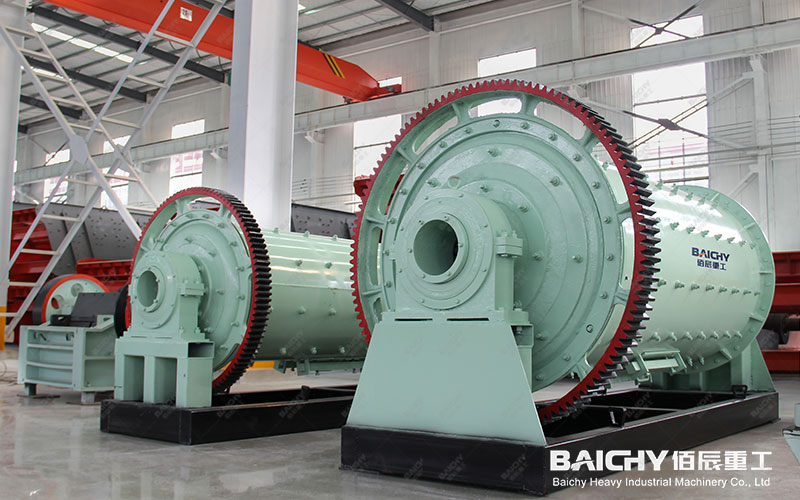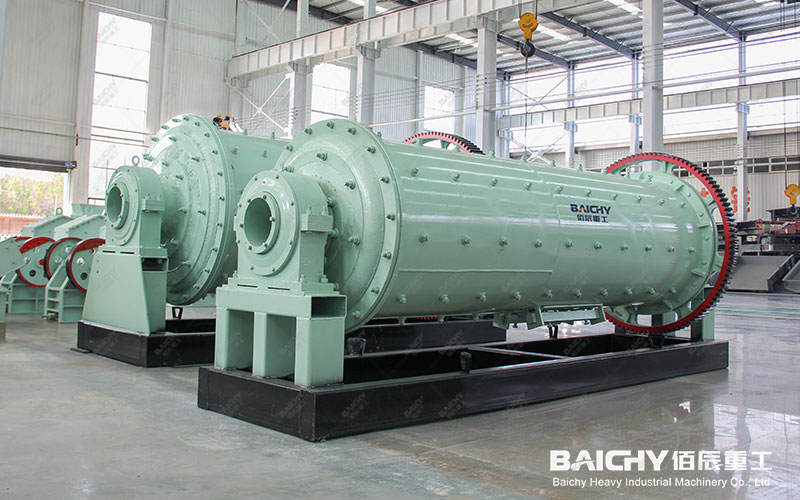
Vietnam customer's micro powder grinding production line site
In the field of fine processing, particle size is one of the key indicators for measuring product value. 5 micrometers (D97=5μm) is an attractive technological threshold, representing extremely high product added value and broad application prospects. Many customers, when inquiring about HGM micro powder mills, directly ask a core question: Can your HGM micro powder mill produce 5-micrometer particles?
The answer to this question is not a simple yes or no, but a technical issue requiring in-depth analysis from multiple dimensions, including equipment principles, material characteristics, and system configuration. This article will provide a comprehensive understanding of the working principle of the HGM micro powder mill and explore the feasibility and necessary conditions for achieving 5-micrometer ultrafine powder processing.
I. Working Principle of the HGM Micro Powder Mill: Synergistic Effect of Ring Roller Impact and Grinding
The HGM micro powder mill is a common vertical grinding equipment. Its core working principle is lamination grinding. The grinding rollers inside the main unit are pressed tightly against the grinding ring under centrifugal force. After the material is thrown up by the scraper, it enters the grinding track formed between the grinding rollers and the grinding ring. During this process, the material is primarily subjected to three forces:
1. Impact force: Large pieces of material are first crushed by the impact of the high-speed rotating grinding rollers.
2. Compressive force: The material is crushed within the narrow gap between the grinding rollers and the grinding ring.
3. Shear force: The rolling of the grinding rollers generates grinding and shearing effects on the material.
The ground fine powder is then carried by the airflow from the blower to the classifier above for sorting. Qualified fine powder is collected as the finished product, while unqualified coarse powder falls back to the grinding disc for secondary grinding. This circulating grinding mode is the foundation for fine powder production.

II. Answer to the core question: Can the HGM micro powder mill reach 5 microns?
The answer is: Under specific conditions, certain models in the HGM micro powder mill series (such as the HGM100, HGM125, and other medium and large models) have the potential to process to 5 microns (based on D97 standards), but this is not their standard operating condition and is subject to strict limitations from many factors.
Equating the production capacity of the HGM micron mill directly with 5 microns is inaccurate. The final output fineness is a dynamic equilibrium, primarily dependent on the following key factors:
1. Material properties are a decisive prerequisite:
◦ Mohs hardness: Materials with lower hardness (such as calcium carbonate, talc, bentonite, kaolin, etc.) are easier to grind to an ultrafine state. For non-metallic minerals with a Mohs hardness below 4, the HGM micron mill is ideal for achieving the 5-micron target.
◦ Moisture content: Excessive moisture causes material to adhere to the grinding chamber, causing blockage and severely affecting grinding efficiency and fineness. Typically, the feed moisture content is required to be below 6%.
◦ Oil and fiber content: For materials with toughness, fibrous properties, or high oil content, pure impact grinding has limited effectiveness and may require pretreatment or integration with other equipment.
2. Classifier technology is key to precision:
The HGM micron mill uses a turbine classifier. The impeller speed of the classifier directly determines the cut particle size for sorting. The higher the rotational speed, the finer the separated powder particles. To achieve a high precision of 5 microns, the classifier must possess high rotational speed, high precision, and high stability, which places extremely high demands on the performance of the motor and the dynamic balance of the rotor.
3. Precise Control of System Airflow and Pressure:
The air classification system is the breathing system of the micron mill. The airflow affects the residence time and conveying efficiency of materials within the grinding chamber. Excessive airflow means that qualified fine powder is carried away before it can be fully ground, resulting in high output but coarse particle size; insufficient airflow leads to excessively high material concentration within the grinding chamber, increased equipment temperature, and even blockage. To achieve stable 5-micron production, the airflow system needs fine adjustment to find the optimal balance between airflow, fineness, and output.
4. Wear Condition and Material of Grinding Rollers and Grinding Rings:
New wear-resistant parts ensure the smoothness and geometry of the grinding surface, guaranteeing grinding efficiency. As the equipment operates, the grinding rollers and grinding rings will wear down, increasing the grinding gap, which directly leads to a decrease in grinding force and a coarser finished product particle size. Therefore, using grinding roller assemblies made of highly wear-resistant materials (such as high-chromium alloys) and conducting regular inspections and maintenance are fundamental to maintaining stable powder fineness.
III. Practical Recommendations: How to Maximize Ultrafine Powder Production?
If you require grinding materials to the 5-micron level, we recommend the following strategies:
• Precise Material Testing: Before selecting a model, be sure to provide representative material samples to the equipment supplier for free experimental grinding. This is the most direct and reliable way to verify whether the equipment can achieve your desired fineness.
• Choose Enhanced Configurations: Communicate your ultrafine requirements with the supplier; they may suggest choosing a reinforced main unit, a high-performance classifier, or a more optimized fan configuration.
• Front-End Pre-treatment: If the raw material has excessively large particles or slightly high moisture content, it is recommended to configure pre-treatment equipment such as jaw crushers, elevators, and feeders to form a complete production line. This ensures the stability of the material entering the mill, thereby guaranteeing the fineness of the final product.
• Scientific Operation and Maintenance: Strictly follow the operating procedures for production and perform regular equipment maintenance, especially the inspection and replacement of grinding components and classifier impellers. In summary, the HGM micron mill is a high-performance fine powder processing machine capable of achieving a fineness of 5 microns, but this is a high-precision mode rather than a conventional mode. Whether it can achieve the 5-micron target for your specific material depends on the properties of the material itself and the coordinated configuration of the entire grinding system.
We strongly recommend that you bring specific material samples to our technical engineers for in-depth discussions. Through experimentation and analysis, we will provide you with the most economical and efficient solutions to help your products stand out in the fierce market competition with their superior fineness.











